In order for the boiler to serve for a long time, it needs to be cleaned from time to time. This requires the water heater to be completely drained. Also, emptying the tank is carried out in case of seasonal use, repair work. If you figure out how to properly drain the water from the boiler, you will not have to spend a lot of time on this.
Reasons for flushing water
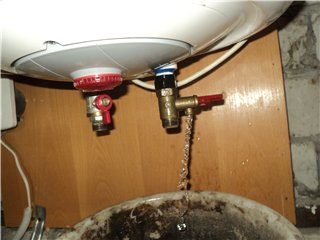
The need to drain depends on the operating mode, the contamination of the tank, and its design features.
Reasons for draining the water heater:
- Seasonal use, for example, in the country. With the arrival of winter cold, the liquid can freeze and "break" the internal storage tank.
- An accident on the water main or interruptions in the centralized water supply. The drained water can be used for domestic needs or it can be poured into the toilet cistern.
- The need for cleaning and repair. Drainage is inevitable if you need to clean the tank and heating element from scale, replace the magnesium anode, fix the breakdown of the electric heater.
For a unit standing in a room with heating, it is not necessary to drain the liquid during the absence of the owners. But at the same time, the design features of the water heater must be taken into account. There will be no problems with a stainless steel container, and for copper heating elements, the liquid inside is dangerous. The destruction of this metal in hard water is faster than in air saturated with moisture.
If the liquid for the heating device is taken from the central water supply system, due to the disinfecting components, it will not go bad for a long time. Well water is supplied without bleach. Therefore, the risk of bacteria development and stagnant odor is higher. To avoid this, the container is emptied.
Water heater draining procedure
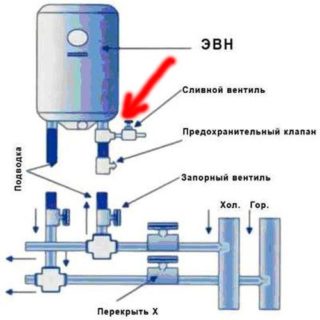
If you decide to empty the tank, you can do this only after the contents have cooled down to room temperature. When the water supply is closed and the hot tap is opened, at most a liter and a half will pour out of the tank, everything else will remain inside. To understand why this is happening, and to further properly drain the water, you need to know how the electric water heater works:
- The heated water is taken from the upper part of the tank through a special tube, and enters the lower part of the water heater.
- The cold water pipe is connected through a non-return poppet valve that does not allow water to go back into the line. He is also responsible for bleeding off excess pressure that occurs when the liquid is heated and expanded.
- In a storage type electric heater, water from the tank is supplied under the action of the pressure of the main cold water pipe.
- If you turn off the cold water supply and the system stops working, the liquid from the tank will not flow itself. Only the water that was above the intake pipe will pour out of the mixer.
There is no other way than to drain the water from the boiler through the cold pipe, as it is located at the bottom of the tank. The dehumidification method is determined depending on the piping of the water heater.
Draining with standard, improved and simplified connection type
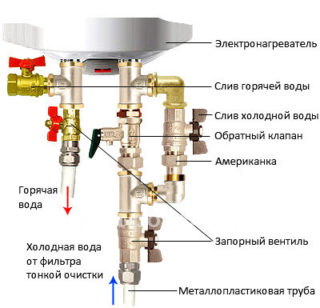
With the standard version, it is much easier to empty the boiler tank.But in the piping scheme, it is necessary to have a drain valve mounted on a tee after the non-return valve.
To empty the tank:
- Turn off the cold pipe with a valve, turn off the electrical appliance from the outlet, open hot water on the mixer.
- Connect a hose of the required length to the drain cock.
- Prepare a bucket or other large container.
- Drain the contents in parts through the open tap
There is no need to disconnect the pipes; when filling the drain tank, it is enough to close the valve. The jet from the hose does not hit, since the amount of air entering the tank is limited by the mixer.
The improved version of the standard connection offers a more convenient drainage procedure, since the tee is mounted on both sides: at the cold water inlet and hot water outlet. With this type of piping, you first need to close the valve at the inlet to the unit. After that, put on the drain hose and open the mixer to relieve the pressure inside the tank and drain the residues in the outlet. The free end is directed to the sewage system or a prepared container and the shut-off valves are opened to allow air to enter the tee of the "hot" pipe.
With a simplified version of the connection, it is necessary to stop the flow of moisture into the electric heater. Then the hot water valve opens to drain the residues from the connecting pipe. Next, the check valve lever is moved to the open position, and the remaining fluid is drained. This is a rather long process.
An electric heater with a capacity of 80-100 liters will empty in approximately two hours, and a 50 liter apparatus in an hour. To speed up the procedure, it is worth carefully unscrewing the hot pipe to supply air to the tank, which will push the water out.
Rapid and complete devastation
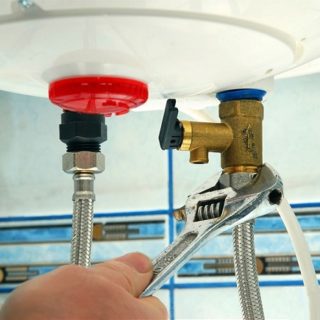
In the event of an emergency, it becomes necessary to quickly drain the fluid. The procedure is carried out as follows:
- Close the cold water valve on the supply pipe. If there is no such regulator at the inlet to the tank, the overlap is carried out on the riser.
- Open the tap on the boiling water outlet from the electric heater to equalize the pressure from the inside and outside. Then close the valve again.
- Place a large pot or bowl under the boiler and detach the hot water hose.
- Unscrew the tee with relief valve.
After that, the liquid will drain very quickly. It is necessary to ensure that the basin does not overflow, otherwise you can flood your neighbors. In the process of changing containers, it is necessary to shut off the air supply to the water heating tank. The process will be easier if the boiler is fixed over the sink, bathtub, toilet bowl.
Before cleaning the insides of the tank or preserving the summer cottage heater for the winter, it is imperative to drain the remains from the tank. First, drain most of the liquid by any of the above methods. After that, it is necessary to remove the water that remains at the bottom.
- Remove the decorative panel from the bottom of the boiler, while holding it, disconnect the wires leading to the indicator light.
- Disconnect the contacts of the electrical wires. In order not to confuse everything during assembly, it is better to take a photo of the boiler filling before that.
- Slowly unscrew the flange supporting the heating element. First, loosen the nuts, and when excess fluid drains, unscrew the element completely.
- Remove the heating element and let the remaining water drain off.
You need to pull out the heating element carefully. If it is not in the case, then it is necessarily covered with scale, which interferes with the passage. If you pull it sharply, you can damage an important part. Therefore, remove it slowly, slowly swinging the element to the sides.
General rules for disassembly and flushing
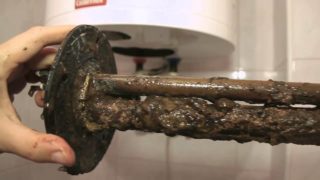
Before removing deposits of scale, remove and wash the rubber gasket located between the reservoir and the flange.
After scooping up the sediment with a scoop (it is easy to make it from a plastic bottle), rinse the container:
- Rinse the container from the inside with a hose. Pass the liquid in stages so that it can push the sediment from the bottom.
- After rinsing the inside of the tank, treat with a vinegar or lemon solution to remove the odor. For this purpose, use a long rag-tipped stick.
- Clean the heating element. First, gently handle the heater by hand using a knife or screwdriver, removing the easily removable layer of plaque.
- Anything that could not be removed, remove by soaking the heating element in citric acid or vinegar solution. To do this, make a hole in the plastic bottle with a slightly larger section than that of the heating element. Pour in hot water and add citric acid or table vinegar. Leave it on for 24 hours, occasionally shaking up the limescale dissolving compound or pouring in fresh. After one day, remove the heating element and remove the softened plaque with a wooden or plastic spatula.
- Examine the heating element and magnesium anode carefully. If you find even slight signs of damage, install new elements.
After draining or subsequent cleaning work, the device must be reassembled in the reverse order and the water must be started. This is done before being connected to the power grid to test the device for leaks.
Features of draining from boilers of various manufacturers
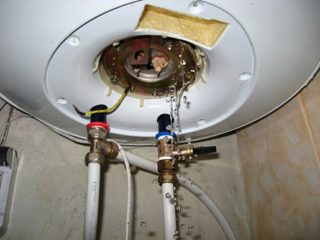
The dehumidification procedure for electric heaters is the same for most models. But at the same time, the methods that allow you to drain water from the boiler without problems may differ depending on the structural nuances inherent in each device.
Electric water heaters of the Thermex brand are emptied through a pipe. First, the cold water tap is unscrewed, a hose is installed in its place and sent to the sewer. Vertical appliances require additional air supply. To do this, you need to remove the valve from the hot pipe and open the drain valve. In units of horizontal installation, an airlock, hidden by a plug, is structurally provided. It opens when the tank needs to be emptied.
Water from water heaters of the "Electrolux" brand is drained through the spout of the non-return valve.
Ariston brand electric heaters are dehumidified according to the same scheme as vertical "Termeks", except for the "Eureka" model. To empty the tank at Ariston, you need to dismantle the valves from the hot and cold nozzles, and then remove the built-in mixer. There is an airlock plug under the casing that needs to be opened.
Each appliance user manual has a description of how to drain the water. It is better not to deviate from the manufacturer's recommendations.
The need to drain the heating device usually occurs during cleaning, repairs or seasonal conservation. It is not necessary to carry out the procedure unnecessarily. The hot water heater is a finely tuned device, therefore, frequent draining of the tank will lead to malfunctions of the unit.

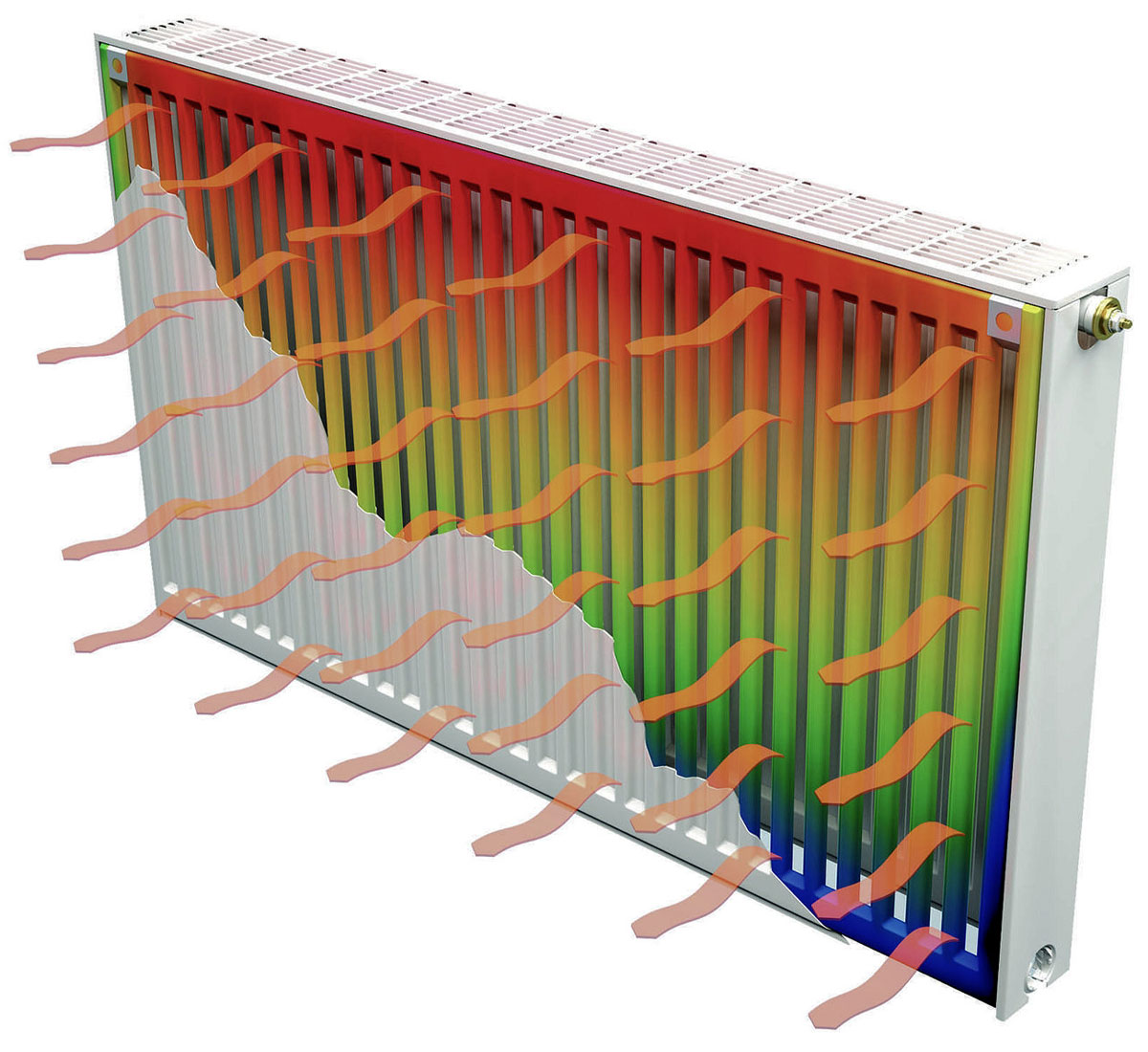
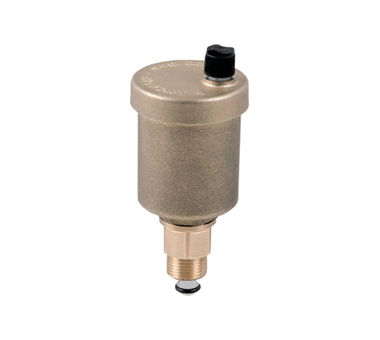
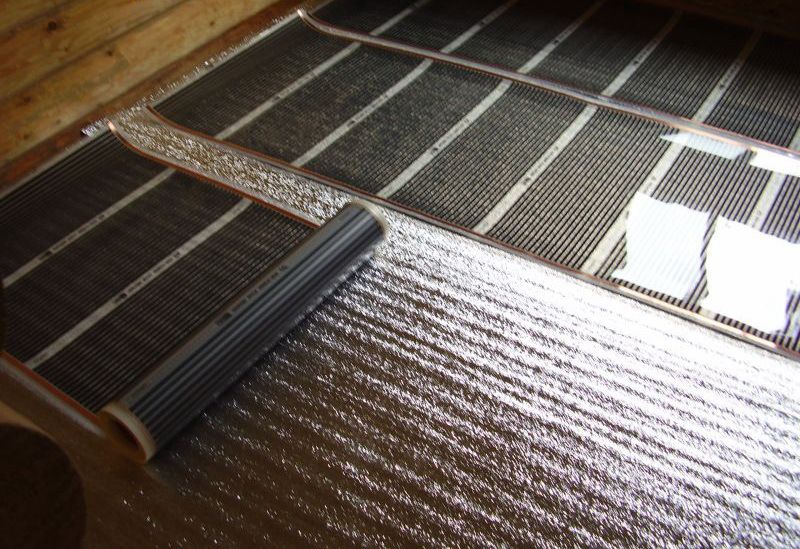
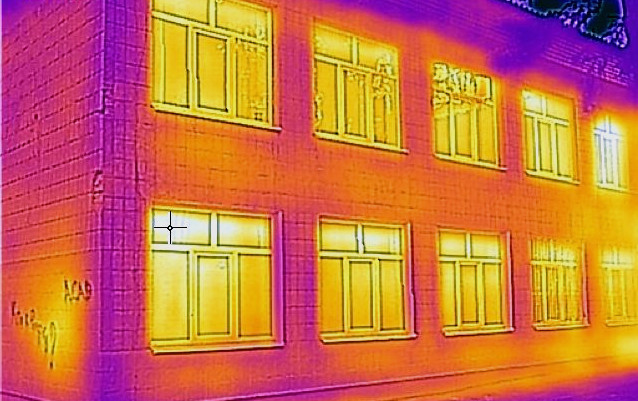

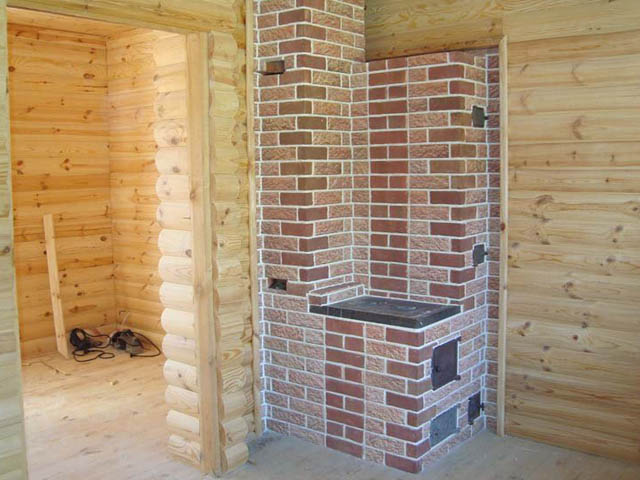
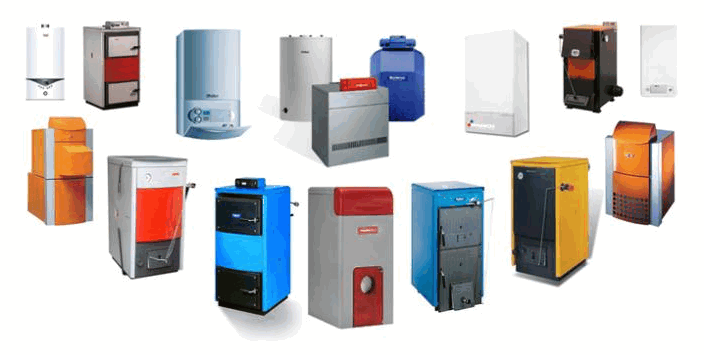
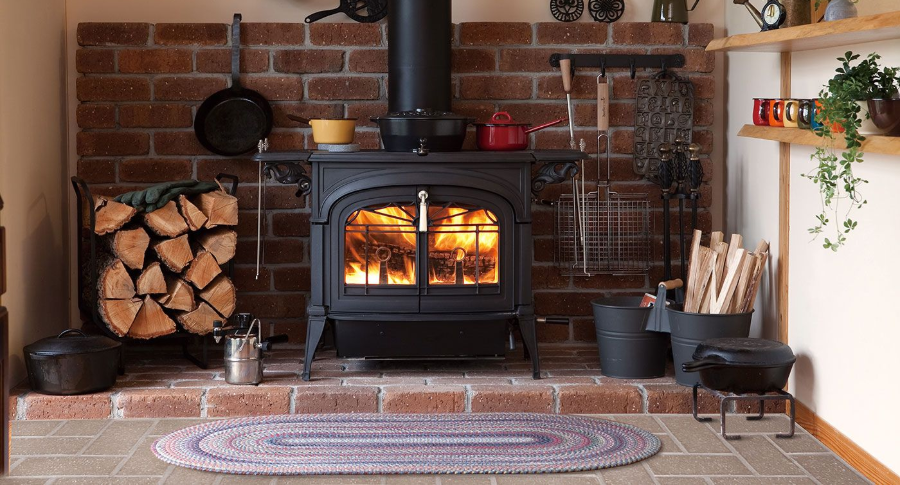
it is so much easier to connect the washing machine connection taps directly to the pressure and discharge nozzles, and then use the hose from the washing machine to drain all the other fittings. once every two years, it is safer when flushing the boiler is placed on the grill in the bathroom, the converter is poured, water is poured after cleaning, it is drained through a hose, new elements are installed and forward
At my dacha, a borehole pump pumps water from a well, there is a check valve, which does not hold a little.I turn off the pump, open all the faucets, cut off the supply to the toilet tank and the water from the tank goes back into the well in 3-4 hours and no dancing with a tambourine until the next winter arrival. Moreover, the outgoing water, like a pump, draws water from the entire pipeline. I pour 300 grams of salt into the toilet and it stays there all winter even if we don't come. In a house in severe frost 20-25g, the temperature sometimes drops to -7-9g. If it is higher than -13, the house is about 0.